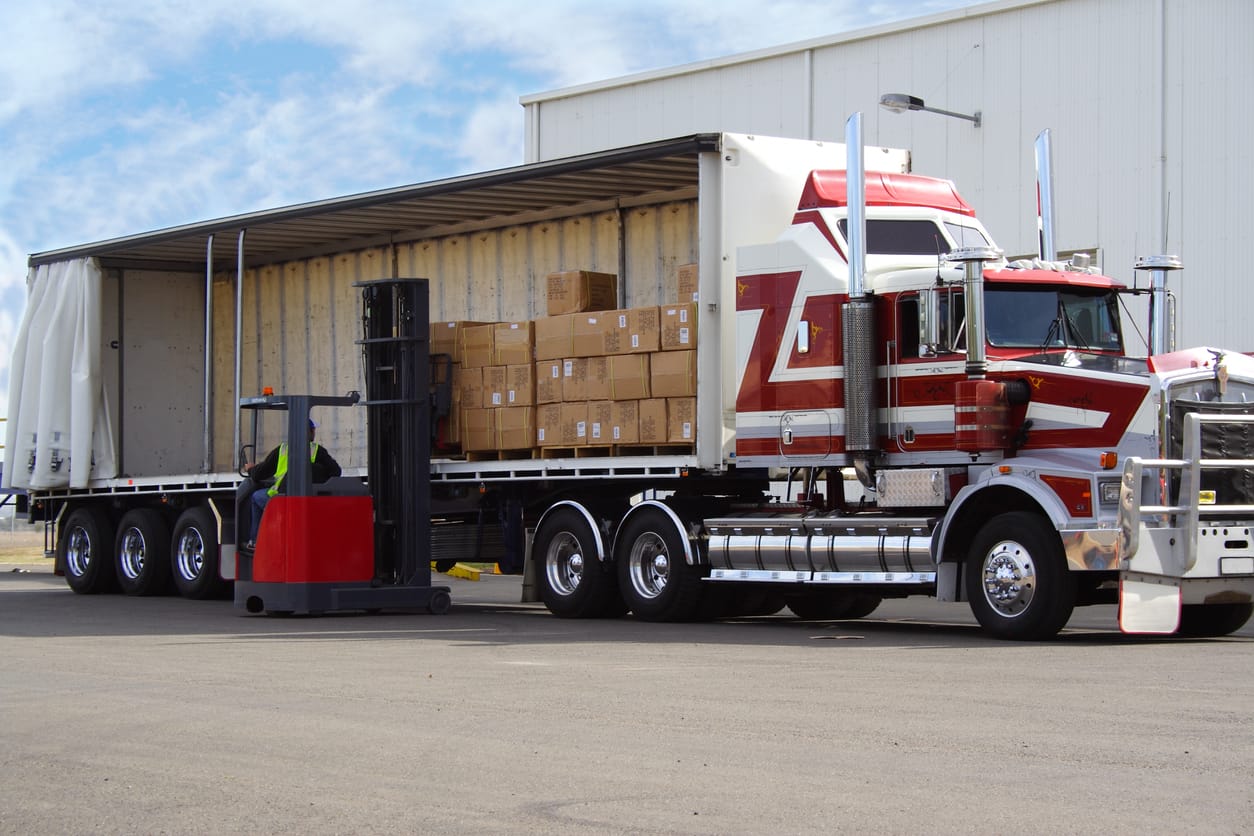The United States has experienced a notable shift in residence patterns in recent years, particularly with regard to younger residents. Dreams and aspirations have long been centered on the bustling streets of New York, the sun-kissed boulevards of Los Angeles, and the historically significant avenues of Boston. Youth have historically gravitated into these major metropolises in search of experiences and possibilities that only large cities seemed to provide. But something is changing. The newest generation, known as Gen Z, is exploring areas outside of urban development and is taking a different path.
Given that Gen Z was born during a time of tremendous technology progress and the advent of remote employment, the shifting global scene has had a profound impact on their ideas of “home” and “work.” A generation eager to defy traditions emerges when you combine this with a worldwide pandemic that altered social structures and the mounting worries about the price of housing in densely populated cities. They are looking for a better quality of life, uncommon experiences, and economic awareness in addition to a place to live. This trend has been brought to light by a recent flood of data that suggests that lesser-known states will serve as this generation’s new safe havens. Let’s go further to find out where Gen Z is going and what influences their migration decisions.

Within the enormous fabric of American demography, Generation Z stands out as a distinct group that is driving an unanticipated change in home preferences. For many Americans, the attraction of big cities—known for their soaring skyscrapers, exciting nightlife, and apparently limitless opportunities—has always been an irresistible draw. However, the goals and priorities of the younger generation also shift with the globe. The unprecedented worldwide pandemic and the growth of remote working options have brought attention to the rapidly rising costs of housing in major cities. This has encouraged Gen Z to choose less desirable living areas in the past, especially when combined with their distinct beliefs and goals.
Redefining Home: More than simply sheer numbers are displacing Gen Z from busy cities. There’s a tangible, deeper need that lies beyond the obvious economic constraints presented by rising mortgage rates and housing costs. A large portion of this generation longs for more modest living conditions, apart from the din and turmoil of large cities. Their new definition of “home” heavily relies on the peacefulness that comes with fewer neighbors, the attractiveness of untouched nature, and the appeal of large areas.
The Millennial Contrast: Going back a little, Millennials portrayed a quite different image. They chased after the city lights and the busy life they provided, flocking to urban areas. Urban centers such as Washington, D.C., and Illinois were prime examples of millennial home preferences, full with young professionals ready to live in the fast lane. Gen Z, on the other hand, appears to be moving backward—or, depending on one’s viewpoint, ahead. They are demonstrating a clear generational divide in residential preferences by selecting space over traffic and peace of mind over chaos.

The migratory map of the United areas is changing as a result of the search for the best places to live, and certain areas are surprise emerging as Gen Z’s hotspots. This generation is proven to be picky when it comes to their residential choices since they have the world at their fingertips and the luxury of choice. While metropolitan jungles struggle with congestion, exorbitant rental prices, and an unrelenting pace, Generation Z is focusing on less-traveled areas. Recent research from StorageCafe sheds interesting light on this phenomena by highlighting states that many would not often associate with the term “youth magnets.” Let’s explore these surprising hotspots and analyze what makes them so appealing to the country’s younger folks.
The Dakota Appeal: Gen Z has discovered South Dakota to be an unexpected favorite. The state’s appeal extends beyond its famous Mount Rushmore, as seen by the astounding 20,703 young people who chose to live in its suburbs in 2021 alone. This surge, which accounts for a healthy sixteen percent of South Dakota’s annual move-ins, highlights a distinct pattern. North Dakota, its northern equivalent, is also riding the same wave, not wanting to fall behind. Attracting a respectable 15% of Gen Z migrants, it provides more proof that the Dakotas are fashionable.
Idaho’s Pull: Idaho is no longer only an agricultural paradise, despite being known for its stunning scenery and vast potato fields. In recent years, the state has seen a substantial influx of young people, with Gen Z accounting for 15% of the state’s newest citizens. A growing tech industry, together with outdoor leisure activities and scenic beauty, may be some of the draw factors. Idaho provides an irresistible combination for a youth eager to strike a balance between work and play.
The Heartland Attraction: The youth are drawn to the American heartland because of its huge vistas, rich history, and diverse culture. Gen Z has developed a strong interest in states like Iowa, Kansas, and Wisconsin, which account for 14% of the group’s travel patterns. Despite having different features, these states are united by a few commonalities: low cost of living, large open areas, and a leisurely pace of life. Their perfect combination of country peace and metropolitan conveniences makes them the perfect option. The Midwest offers Gen Z a life where they may pursue their goals and still have quiet times for introspection.

One aspect stands out above the others when we examine the layers of Gen Z’s migratory patterns: the urgent issue of economic feasibility. For young Americans, many of whom are just starting their careers, the soaring cost of housing in big cities has presented a serious obstacle. Their housing selections are influenced by these financial obstacles, which also have an effect on their quality of life. Gen Z may devote money to other areas of their lives, such investments, vacation, and education, by relocating to places with more balanced economic offerings. Moreover, housing is not the only consideration when deciding whether to relocate; all living expenses, including groceries and utilities, are crucial.
Value for Money: For individuals who are desperate for financial relief, South Dakota appears to be a ray of hope. With an average property value of $213,472, it is significantly less expensive than big metropolises. Additionally, the average rent is a reasonable $1,096 per month, making it a good choice for people who aren’t ready to become homeowners. South Dakota attracts young folks with its allure due to its affordability and natural beauty.
Diverse Options: States like Nebraska and Montana are attractive for reasons other than their cost of living. With its vast alpine landscapes, Montana presents an opportunity for those seeking adventure to live a life more in tune with the natural world. Meanwhile, the sprawling prairies of Nebraska provide the possibility to live in expansive spaces, devoid of the claustrophobic clusters of urban apartments. Moving to these states is a pursuit of a higher, more rewarding quality of life rather than a purely financial one. With their distinct geography and lifestyle alternatives, each state attracts Gen Z with the promise of a distinctive experience, drawing them closer to a life more in line with their independent goals.

For a long time, moving was frequently motivated by a need to escape difficult circumstances, pursue academic success, or advance in one’s job. However, the story is changing now. The shifting paradigms are being reshaped by the younger generations, particularly Gen Z. It’s become an essential component of their way of life rather than merely something they do when they look for a new job or a more cheap place to live. This transition provides us with a glimpse into their beliefs, goals, and worldview.
A Generational Shift: Indeed, the Millennial generation—often referred to as the forerunners of the digital era—set important precedents. They promoted the idea that one’s career didn’t have to keep them in one place by demonstrating the trend of worldwide advancement in their careers. Because of the flexibility of work locations, it became commonplace to relocate to new towns, nations, or cultures. Gen Z has elevated this attitude of exploration to a new level after inheriting it. For them, the thought of packing up and moving causes excitement rather than worry, indicating that it is not a unique occasion but rather a quite common undertaking.
Embracing Change: One quality that those from Generation Z have always had in spades is the ability to adapt to change. They were raised at a time of technological revolution and are acclimated to the speed of the contemporary world. Sean Lyons, an experienced management professor at the University of Guelph, has pointed out how important Gen Z thinks relocation is. For them, moving is not an obstacle that upends life; rather, it is seen as a normal part of their always changing story. Their willingness to accept change and see moving as the standard rather than the exception says volumes about their flexibility and resilience.

Conclusion: Gen Z is creating a new story to weave into the fabric of American demography. Bustling metropolises used to draw in both professionals and young aspirants, but it seems that this attraction is waning. With its aptitude for technology, a fresh appreciation of life, and a taste for high-quality living, Gen Z is focusing on states with lower population densities. Their movement is changing the American home pattern, driven by a desire for a balanced life and economic sensibility. The search for “home” has spread to the wide landscapes of lesser-known states in addition to metropolis skylines.
Ship A Car, Inc.: Your Trusted Vehicle Transport Partner Think about the logistics of shipping your car as you organize your move to these rising locations. Presenting Ship A Car, Inc., your go-to company for all things related to vehicle shipment throughout the US. Whether you’re shipping a boat, motorcycle, SUV, or car, SAC is set up to provide a flawless service. Ship A Car, which takes pride in its A+ BBB rating, guarantees driveway-to-driveway services and treats your car with the utmost care, much like their own.
Why Choose Ship A Car, Inc.? Moving is an enormous project in and of itself, so the last thing you need is to worry about your car’s transportation. You are selecting dependability, effectiveness, and unmatched customer service when you work with Ship A Car, Inc. Their committed staff guarantees the prompt and secure delivery of your car since they recognize its financial and sentimental worth. Are you prepared for a simple auto shipping experience? Call (866) 821-4555 to receive a customized price for vehicle shipment. For those who would rather work digitally, the website’s vehicle shipping cost calculator offers immediate estimates. Put your faith in SAC’s quality to ease your move. Ship A Car, Inc. ensures that your journey to a new “home” is exceptional and deserves nothing less.
FAQs
- Why are Gen Zers preferring states like South Dakota or Idaho over historically popular cities? More and more members of Generation Z are searching for states with lower population densities, simpler ways of life, and affordable housing. The ability to work remotely and shifting housing dynamics are two examples of the factors that have a role in influencing their decisions.
- How different are Gen Z’s residential choices compared to Millennials? Generation Z has a significant preference for states with a lower population density such as Montana, Kansas, and Nebraska. This is in contrast to the Millennial generation, which was drawn to metropolitan centers such as Washington, D.C., and Illinois.
- Can Ship A Car, Inc. assist me in relocating to these emerging Gen Z hotspots? Without a doubt! Ship A Car, Inc. has the resources necessary to assist you in moving your vehicle to any state, allowing for a more seamless relocation to your new residence. Make sure you don’t forget to inquire about any student discounts they may provide.




